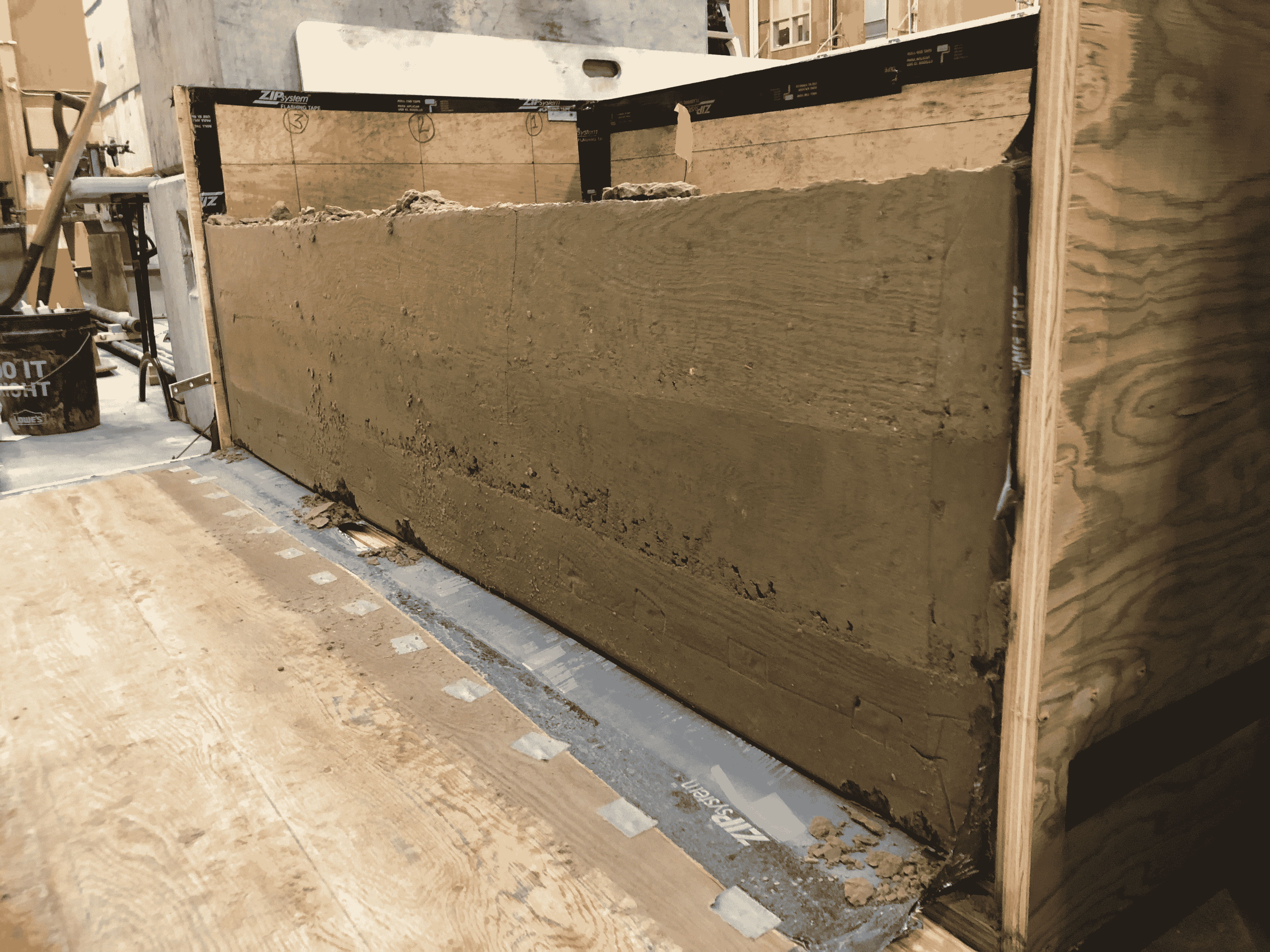
Two TIDC-Funded UMaine Research Published in Geotechnical Engineering Journals
Two journal articles based on TIDC-funded UMaine research have been accepted by Transportation Geotechnics for their September 2024 edition and the Canadian Geotechnical Journal. The title of the articles are Accelerated surface carbonation of non-plastic silt mixed with hydrated lime (found here) and Accelerated carbonation of non-plastic soils mixed with hydrated lime: index properties influencing binder formation rate and mechanical improvement (found here).
Both were co-authored by former UMaine doctoral researcher Dr. SK Belal Hossen, UMaine doctoral candidate Danilo Botero Lopez, TIDC Thrust Area 3 Lead Dr. Aaron Gallant, and former TIDC researcher Dr. Warda Ashraf.
The research described in these article comes from the TIDC-funded UMaine research project titled Carbonating Subgrade Materials for In Situ Soil Stabilization.
The articles describe a novel process for the chemical stabilization of poor-quality soils (chemically changing soils to be more suitable for construction projects and other heavy uses) using a surface carbonation method with lime. This approach addresses two challenges with current methods of soil stabilization. Firstly, the materials conventionally used for soil stabilization are uncommon in the United States, mainly magnesium-based alkali sources including reactive magnesia and olivine. Lime is significantly more abundant throughout the US transportation and construction industry and can be utilized on a vastly larger scale. The second challenge with accelerated carbonation is that CO2 gas must be “rapidly” introduced after the soil is mixed with chemical additives, leading to problems with use in large soil areas. This study focuses on an accelerated “surface carbonation” approach that introduces CO2 beneath a near-ground-surface seal intended to facilitate vertical penetration of CO2 gas into the ground, which has the potential to be applied over relatively large areas.
An additional breakthrough of this research is the ability to sequester the carbon output of this process, substantially reducing carbon emissions associated with producing chemical additives. The construction industry in the United States and Europe alone uses about 20% of lime produced worldwide. When carbonating hydrated lime there’s the potential to sequester nearly 100% of process-based emissions, which reduces the total production-based emissions by nearly two-thirds.
Congratulations to the UMaine research team, past and present, on the publishing of their innovative work.
Article in Transportation Geotechnics HERE
Article in the Canadian Geotechnical Journal HERE
